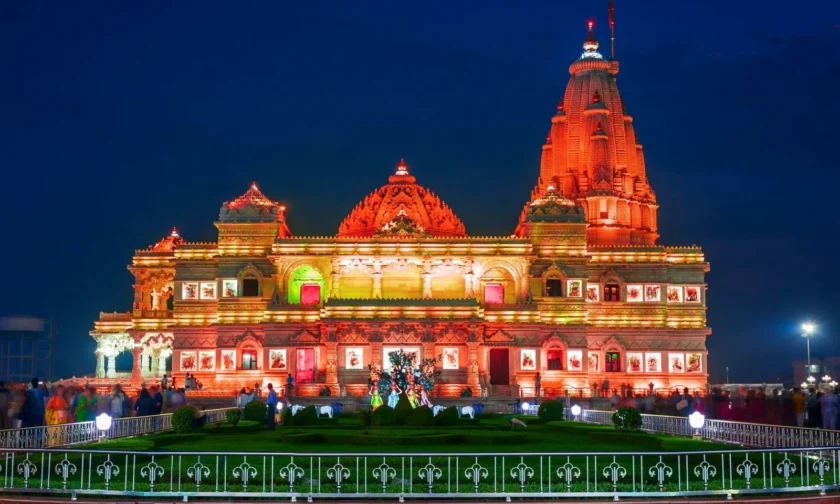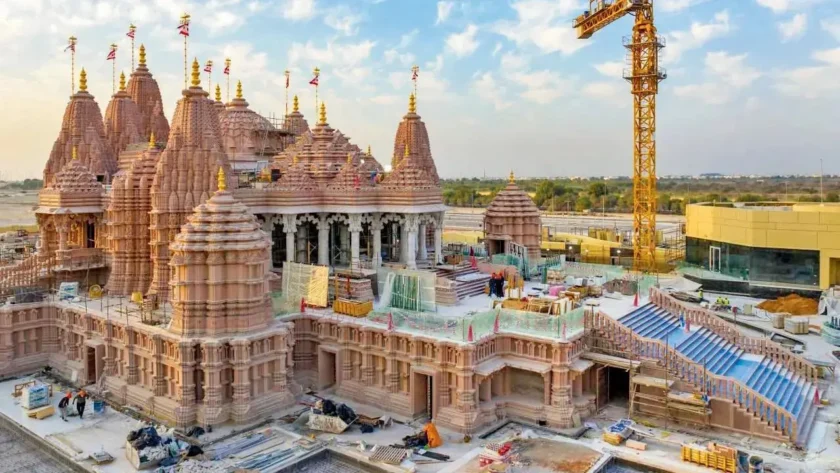Lucknow: Rural tourism in the Hindi heartland, encompassing states like Uttar Pradesh, Bihar, and Madhya Pradesh, is undergoing a significant transformation, blending cultural authenticity with modern technology to attract both domestic and international travelers. This evolving sector is empowering local communities, preserving heritage, and offering immersive experiences that highlight the region’s agrarian lifestyle, festivals, and traditions.
In Uttar Pradesh, villages near Lucknow, such as Kakori and Malihabad, are becoming hotspots for rural tourism. Operators like Namaste Holiday, a Lucknow-based agency, are curating experiences that include mango orchard tours in Malihabad—famous for its Dussehri mangoes—and kebab-making workshops in Kakori. “Tourists want to experience the real India, beyond monuments. They’re keen to learn how to cook Awadhi dishes or participate in a village fair,” says Rajesh Singh, founder of Namaste Holiday. His agency has seen a 30% increase in bookings for rural tours since 2024, with packages starting at ₹2,500 per person for a day trip.
In Bihar, the village of Nepalganj in Madhubani district is gaining attention for its Mithila painting workshops. Local operator Mithila Yatra, led by Priya Sharma, offers homestays where travelers can live with artisans and create their own Madhubani art. “Our guests leave with a piece of Bihar’s soul,” Sharma notes. A typical three-day package, including meals and art sessions, costs ₹8,000. The initiative has boosted local incomes, with artisans earning up to ₹15,000 monthly, a significant rise from their earlier ₹5,000 average, as reported by community leaders.
Madhya Pradesh is also making strides, with villages like Orchha promoting eco-tourism. The state’s tourism board, in collaboration with operators like MP Rural Adventures, has developed trails that include organic farming experiences and visits to ancient temples. Anil Verma, a farmer-turned-guide in Orchha, shares, “Travelers help us harvest crops and cook traditional meals like bajra khichdi. It’s a way to share our lifestyle while earning a livelihood.” A two-day package here starts at ₹4,500, with 40% of the revenue directly supporting the village economy.
Technology is playing a pivotal role in this evolution. Platforms like RuralEscape, a startup based in Varanasi, use mobile-first strategies to connect travelers with rural hosts. Their app offers virtual tours, real-time booking, and digital payments, making it easier for villages to reach a global audience. “We’ve onboarded 200 villages across the Hindi heartland since 2023, and our user base has grown to 50,000,” says founder Neha Gupta. The platform also provides training to villagers on hospitality and digital literacy, ensuring they can manage bookings independently.
However, challenges remain. Infrastructure in remote areas, such as poor road connectivity and limited internet access, hampers growth. A 2025 survey by the Uttar Pradesh Tourism Department found that 60% of rural tourist spots lack basic amenities like clean restrooms. Additionally, safety concerns, especially for women travelers, persist, as highlighted in a recent article by The Hindu, which noted that many public spaces in India still feel unsafe despite stringent laws.
Despite these hurdles, the sector is poised for growth. With rising incomes and better quality of life in rural India, as noted in a March 2025 ET Retail report, the Hindi heartland’s villages are becoming vibrant destinations. Local operators and communities are optimistic, hoping to balance modernity with tradition while offering travelers a glimpse into India’s rural soul.
---------------------------------------------------------------------------------------------------






